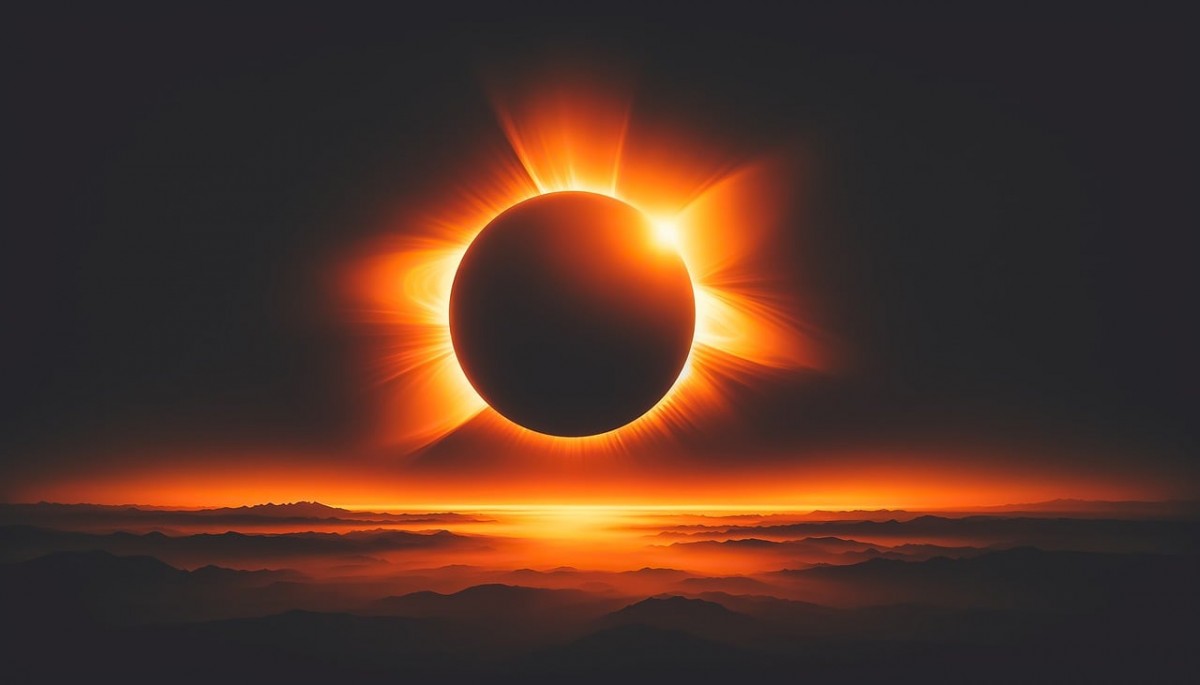Hubble Space Telescope’s(HST) glamour shots of the universe are so revealing they nearly always have a discovery behind them.
In this image, a remote galaxy is greatly magnified and distorted by the effects of gravitationally warped space. After its public release, astronomers used the picture to measure the galaxy’s distance of 9.4 billion light-years. This places the galaxy at the peak epoch of star formation in cosmic evolution.

n this particular snapshot, a science discovery followed the release of a Hubble observation of a striking example of a deep-space optical phenomenon dubbed an “Einstein ring.” The photo released in December 2020 as an example of one of the largest, nearly complete Einstein rings ever seen.
The extremely high rate of star formation in the brightest and very dusty early galaxies saw stars being born at a rate a thousand times faster than occurs within our own galaxy. This could help explain the rapid build-up of present day giant elliptical galaxies.
This object’s unusual partial ring-like appearance can be explained by a phenomenon called gravitational lensing, which causes light shining from a faraway galaxy to be warped by the gravity of an object between its source and the observer. This effect was first theorized by Albert Einstein in 1912, and later worked into his theory of general relativity.
In this case, the galaxy’s light has also been magnified by a factor of 20. This magnification, boosted by mother nature, effectively made Hubble’s observing capability equivalent to that of a 48-meter-aperture (157 feet) telescope. The lensing effects also create multiple apparitions around the curved arc of the single background magnified galaxy.
Credits: Nasa.
Image Credits: Nasa/Hubble Space Telescope/ESA.











